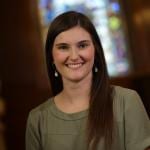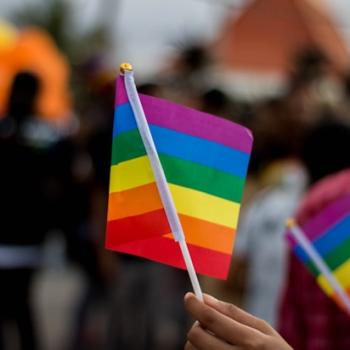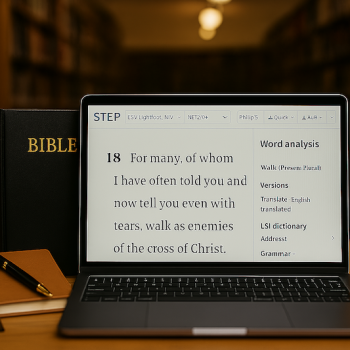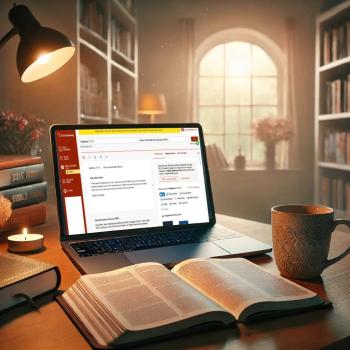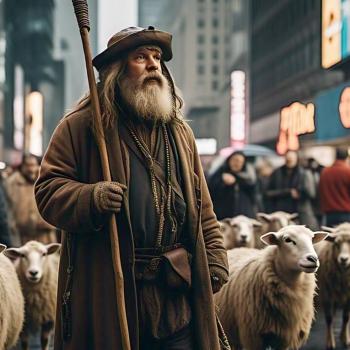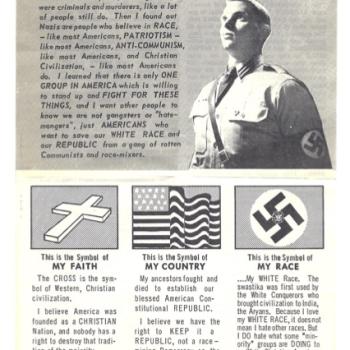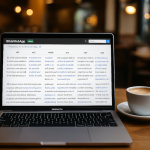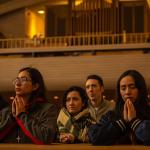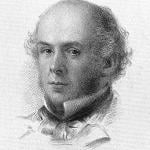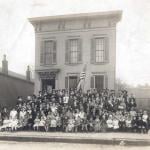It’s easy to sort out the actual history of what nineteenth-century Americans began calling the “First Thanksgiving.”
There is only one source, but it’s a great one: a letter written by Mayflower passenger Edward Winslow in December 1621. In it, Winslow narrated that “our harvest being gotten in, our Governor sent four men on fowling, that so we might after a more special manner rejoice together.” For the next week, there was plenty of food to enjoy.
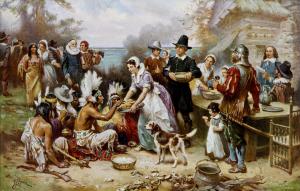
The settlers at Plymouth did enjoy this time. “Amongst other recreations,” Winslow continued, “we exercised our arms.” That prompted Massasoit Ousamequin and ninety of his men to come to Plymouth. They wanted to know what was happening, wondering if their new allies were being attacked or were attacking. The settlers “entertained” them for three days, and they went out and killed five deer, which they gave to William Bradford, Myles Standish, and others.
Two months or so later, Winslow looked back on this time fondly. “Although it be not always so plentiful,” he stated, “as it was at this time with us, yet by the goodness of God, we are so so from want.” The previous winter had been a season of death. Nearly half of the Mayflower passengers had died. The survivors no doubt worried about the next winter, but they were thankful for an abundant harvest.
That’s it. Winslow’s description doesn’t line up with popular American myths about the occasion. First of all, he doesn’t describe a single meal or a single day, but a more extended time of rejoicing and diplomacy. There aren’t any Native women or children present, as one sees in many Thanksgiving decorations. It’s also not scores of Pilgrims gathered around a table with a few Indians in the background. Natives would have outnumbered English nearly two to one. And if we want to get down to food, no pumpkin pie (but perhaps pumpkins or other squash), and probably no cranberries. Eel, yes, fish yes, maybe lobster. Winslow doesn’t specify the type of “fowl.” Another contemporary letter mentions that at and around Plymouth there were many geese, cranes, swans, wild ducks, wigeons, and teal. Several sources mention an abundance of turkeys. Apparently many were fat.
There are many ironies about the later linkage of a national holiday to the Pilgrim harvest celebration. In Plymouth Colony, a day of thanksgiving was a church- and government-appointed assembly of prayer and worship. Bradford recorded one in 1623 observed after rain ended a drought. Had the settlers observed such a day in Fall 1621, Bradford would probably have mentioned the fact. So not a proper day of thanksgiving, and certainly not the first thanksgiving in the lands that became the United States.
Figuring out what actually happened in Fall 1621 is much easier than assigning meaning to it. The Pilgrims did not look back on these festivities as of any particular historical import. In his history of Plymouth Colony, William Bradford references the harvest but doesn’t say anything about the days of recreation and feasting, or the appearance of the Indians.
If this moment didn’t matter very much to the Pilgrims, should it matter to us? As I argue in my own history of Plymouth Colony, we Americans have fixated so much on the Mayflower crossing, the compact, and the First Thanksgiving that we neglect the rich human stories of the next seventy years. While King Philip’s War brings Plymouth Colony back into larger narratives of early New England, there are so many other episodes between 1621 and the mid-1670s that merit more attention: conflicts over religious toleration involving Baptists, Quakers, and those aloof from the establish churches; the experiences of English servants in the colony; the growth of both Native and African slavery and servitude toward the end of the Plymouth Colony period. At the same time, no matter how many historians correct the myth of the First Thanksgiving, the Pilgrims and the colony they founded will continue to be associated with our late-November holiday.
Perhaps then we need to frame talk of the “First Thanksgiving” differently. David Silverman makes a strong case in his This Land Is Their Land that generations of American schoolchildren have learned the wrong lessons about early Native-English interactions. Ousamequin and his people did not welcome the English colonization of their lands. They were not bit players in the story of the United States who faded from the scene after a shared meal with the Pilgrims. For some Wampanoags and other Native people today, the last Thursday in November is a day of mourning, not a day of thanksgiving. The Pilgrims are among many waves of English invaders who took Native land through colonization and conquest.
One caution is in order, however. None of those present at the 1621 harvest celebration knew what would unfold in subsequent decades. The joint festivities were a “diplomatic event” (Andrew Lipman’s term), a cementing of the alliance Ousamequin and the Pilgrims had formed the previous spring. This alliance even led to episodes of genuine cross-cultural interaction. “We often go to them,” Winslow wrote, “and they come to us.”
There would be other times ahead, times of weeping, mourning, hatred, and war. There would be days of thanksgiving in Plymouth Colony in which settlers would thank God for victories over Natives. But fall 1621 was a time to pluck up what had been planted, to build, even to laugh. Two peoples, both of whom had endured sickness and death, both of whom had survived, both of whom were thankful for what to them pointed to better days ahead.


